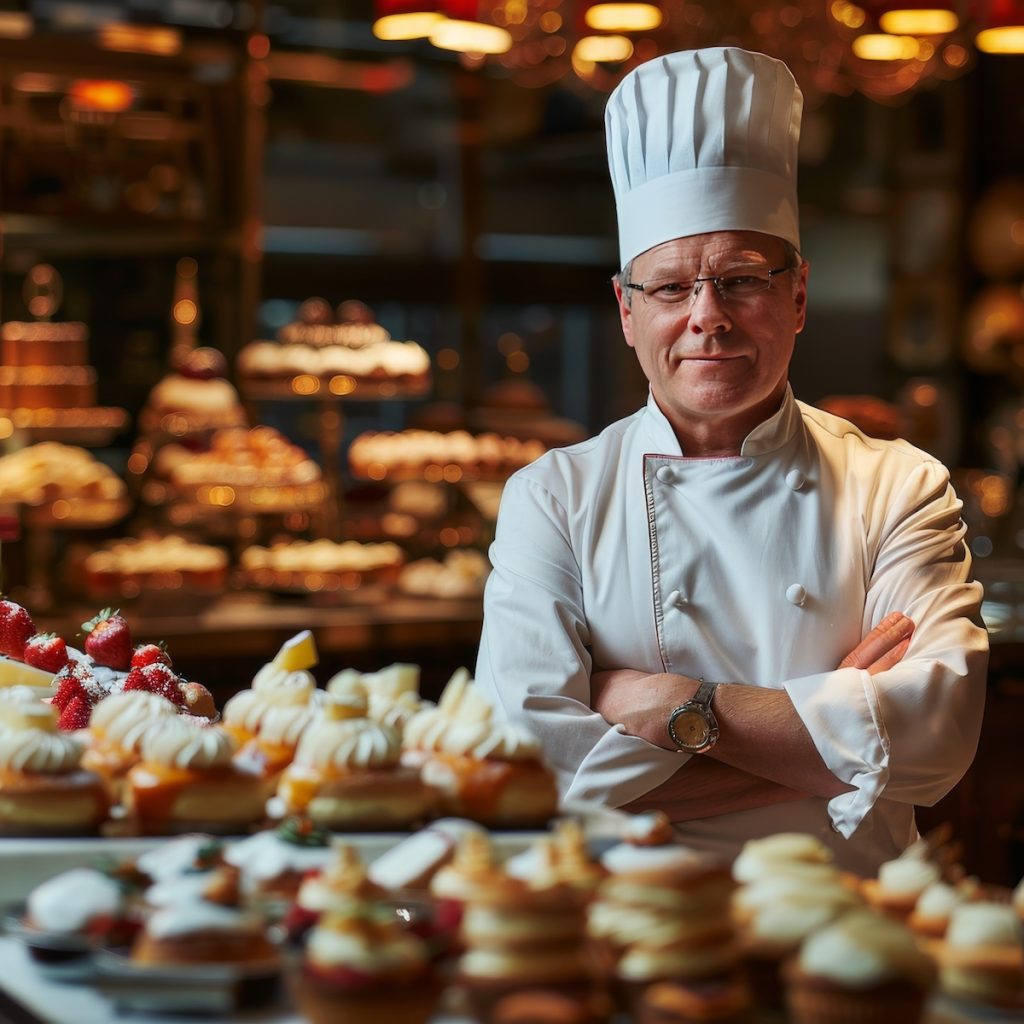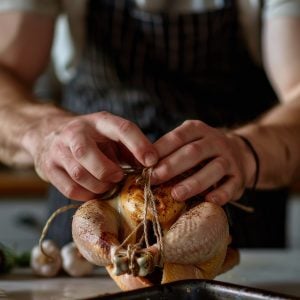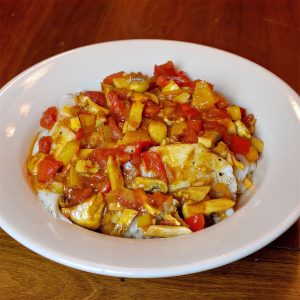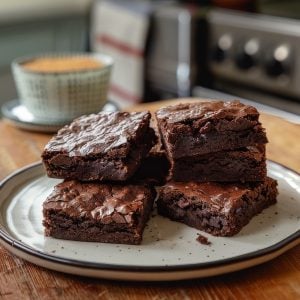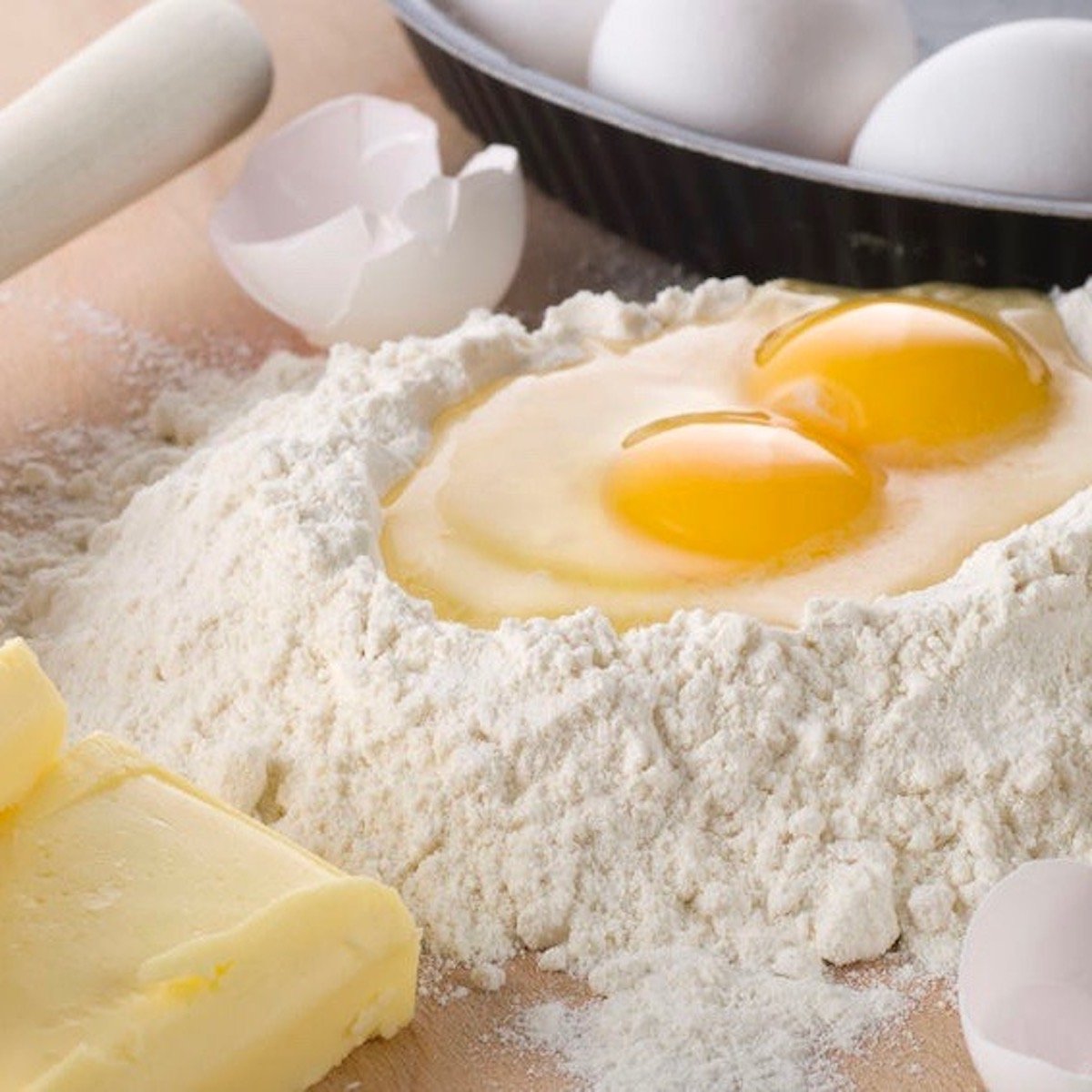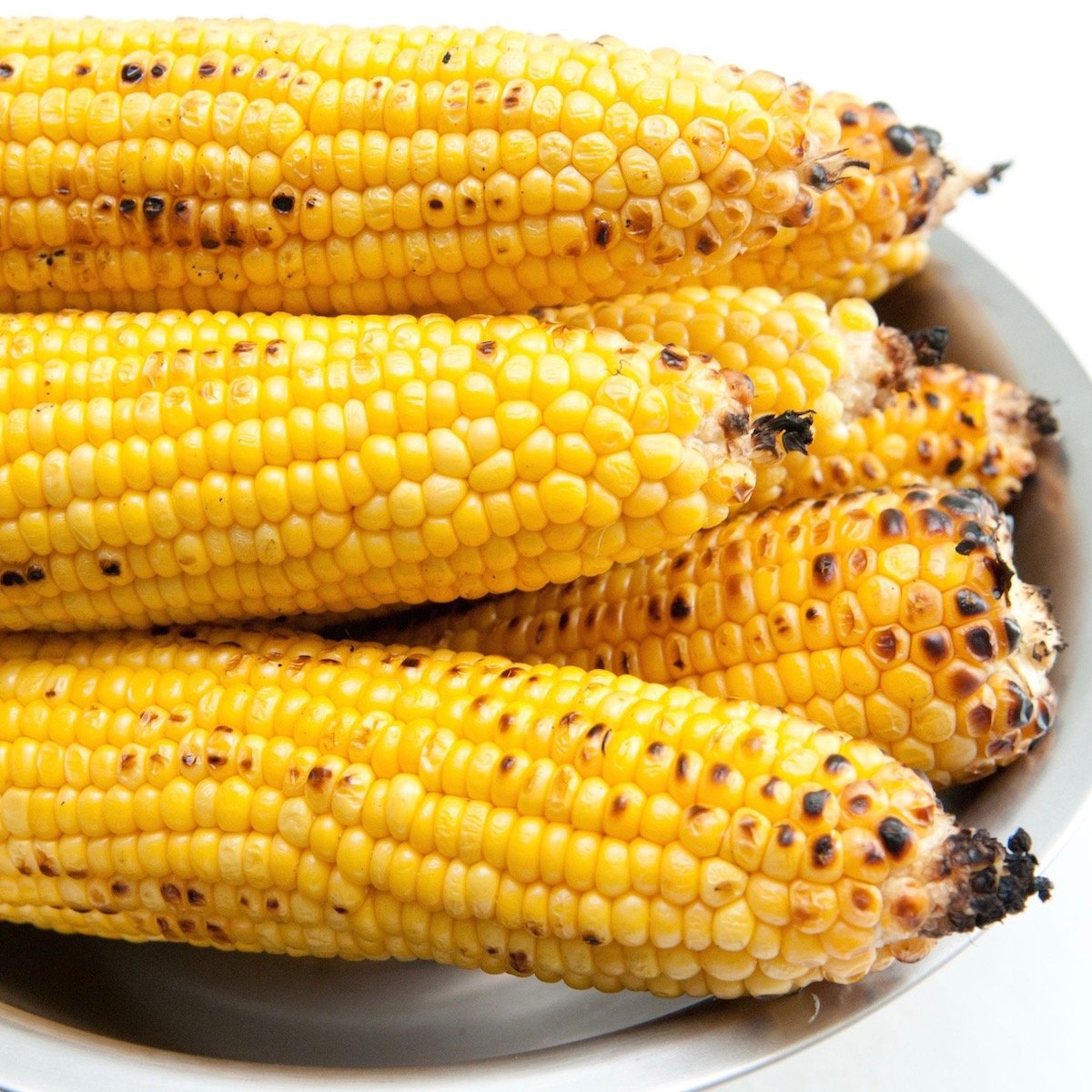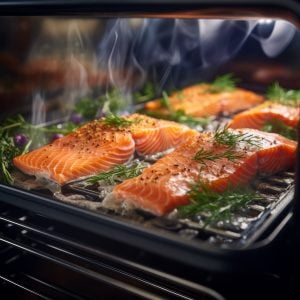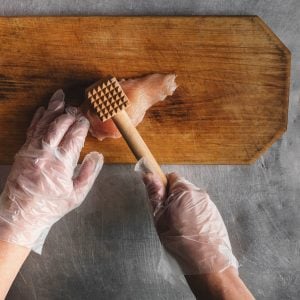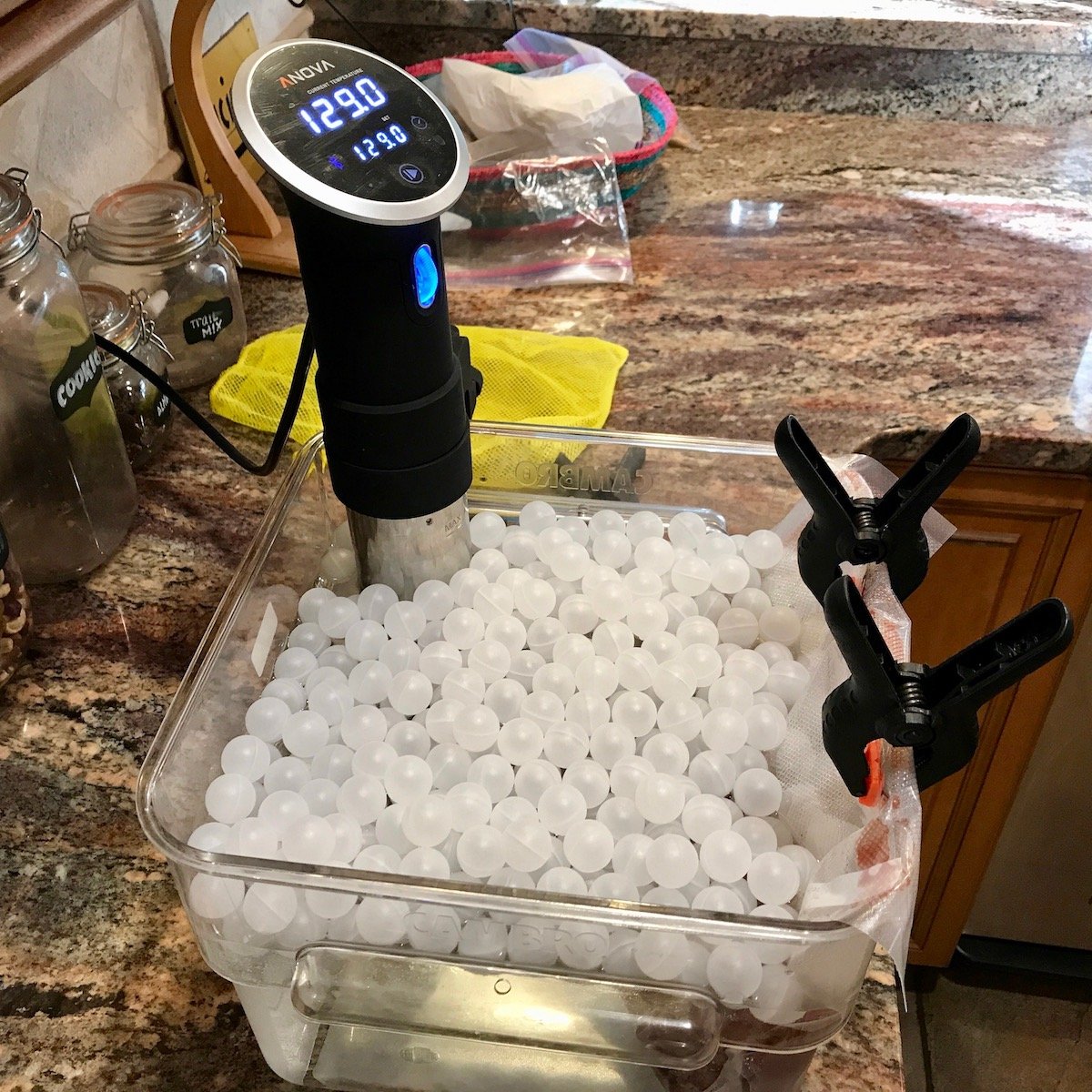The Importance of Knowing Your Culinary Terms
French cuisine is renowned worldwide for its elegance, sophistication, and rich history. Understanding its unique culinary vocabulary is central to mastering the art of French cooking.
French culinary terms capture the essence of specific techniques and ingredients and reflect the culture and tradition behind each dish. Whether you’re an aspiring chef, a food enthusiast, or simply someone who appreciates fine dining, familiarizing yourself with these terms can enhance your culinary experience and deepen your appreciation for French gastronomy.
From “mise en place” to “sous vide,” these phrases encapsulate fundamental methods and concepts for creating exquisite French dishes. This post will explore some of the most essential French culinary terms, offering definitions, pronunciations, and insights into their significance.
By the end, you’ll be equipped with the vocabulary to navigate French recipes confidently and perhaps even impress your friends at your next dinner party. Whether you’re whipping up a classic “coq au vin” or perfecting a delicate “crème brûlée,” understanding these terms is the first step to mastering the art of French cooking. Bon appétit!
Why France?
So much of France plays a role in the culinary world because it is the country where fine dining became a way of life—beginning all the way back in the Middle Ages. Instead of merely sustaining the people, food in France became an entire culinary experience (at least for the wealthy). Sights, sounds, smells—all of these factors contribute to a meal; the more elaborate and specialized, the better.
While not all modern restaurants share this idea of a twelve-course meal, culinary schools teach you to pay attention to more than just the flavors and techniques needed to cook food. Plating and presentation are integral to the culinary experience, regardless of whether you’re preparing American food or working as an entry-level pastry chef.
And because classical French culinary techniques became synonymous with a good education, French terms continue to be used and “Americanized” in the culinary world today.
Common French Cooking Terms
Mise en place: Literally “putting in place,” this term refers to preparing and organizing ingredients and tools before cooking.
Julienne: A cutting technique for slicing vegetables into thin, matchstick-like strips.
Béchamel: A classic white sauce made from butter, flour, and milk, often used as a base for other sauces.
Sous vide: A cooking method where food is vacuum-sealed and cooked in a water bath at a precise, consistent temperature.
Confit: A technique for preserving food, typically meat, by cooking it slowly in its own fat.
Roux: A mixture of fat (usually butter) and flour cooked together as a thickening agent for sauces and soups.
Mirepoix: A mixture of vegetables (usually celery, carrots, and onions).
En papillote: A method of cooking where food is wrapped in parchment paper and baked, allowing it to steam in its own juices.
Chiffonade: A technique for cutting leafy vegetables or herbs into thin ribbons.
Consomme: A clear broth.
Flambé: A cooking procedure in which alcohol is added to a hot pan to create a burst of flames.
Pâté: A mixture of ground meat and fat, often with additional ingredients, served as a spread.
Ganache: A rich mixture of chocolate and cream used as a filling or frosting for pastries and desserts.
Gratin: A dish topped with a browned crust, often made from breadcrumbs or cheese, and baked.
Sauté: A method of cooking food quickly in a small amount of oil or butter over high heat.
Tarte Tatin: An upside-down pastry in which the fruit is caramelized in butter and sugar before the tart is baked.
Velouté: A smooth, creamy sauce made from a light stock and roux, one of French cuisine’s five “mother sauces.”
Less Common French Cooking Terms
Aiguillette: Thin strips of meat, often from poultry or game birds.
Beurre manié: A paste made from equal parts butter and flour that thickens sauces.
Ballotine: A dish typically made from deboned poultry, stuffed, rolled, tied, then cooked.
Canapé: A small, decorative finger food typically served as an appetizer, consisting of a base (bread or pastry) topped with savory ingredients.
Chantilly: Sweetened whipped cream, often flavored with vanilla.
Crépine: Caul fat, a lacy membrane used to wrap and moisten meats during cooking.
Duxelles are a finely chopped mixture of mushrooms, onions, and herbs sautéed in butter and used as stuffing or garnish.
Farce: A stuffing made from finely chopped or ground ingredients used to fill meats, poultry, or vegetables.
Gribiche: A cold egg sauce made with hard-boiled egg yolks, mustard, capers, pickles, and herbs.
Nage: A flavored broth used for poaching seafood, often served as a light sauce with the dish.
Panade: A thick paste made from bread or flour and liquid, used to bind ingredients in dishes like terrines or meatballs.
Pithivier: A round, enclosed pie made from puff pastry, often filled with almond cream or savory ingredients.
Quenelle: A delicate dumpling made from a mixture of creamed fish, meat, or vegetables, often poached.
Salmis: A preparation method for game birds, where the meat is partially roasted and finished in a rich, wine-based sauce.
Tourner: A technique for shaping vegetables into uniform, oval shapes with seven sides for an elegant presentation.
Bisque: A thick soup made with shellfish.
Deglacer: To deglaze, typically done to a pan after the food has been fried within it.
Ragout: A type of stew.
Of course, this list isn’t exhaustive, and there are many more French terms you’ll likely come across as you pursue your culinary education.
Depending on where you attend school and the type of program, you may learn each of these terms with hands-on training or rely on a more book-learning format in which vocab tests make up part of the curriculum.
Regardless of your program type, one thing is certain—you cannot become a good chef unless you learn a number of French techniques and terms, even if you have never cooked in a classic French kitchen.

